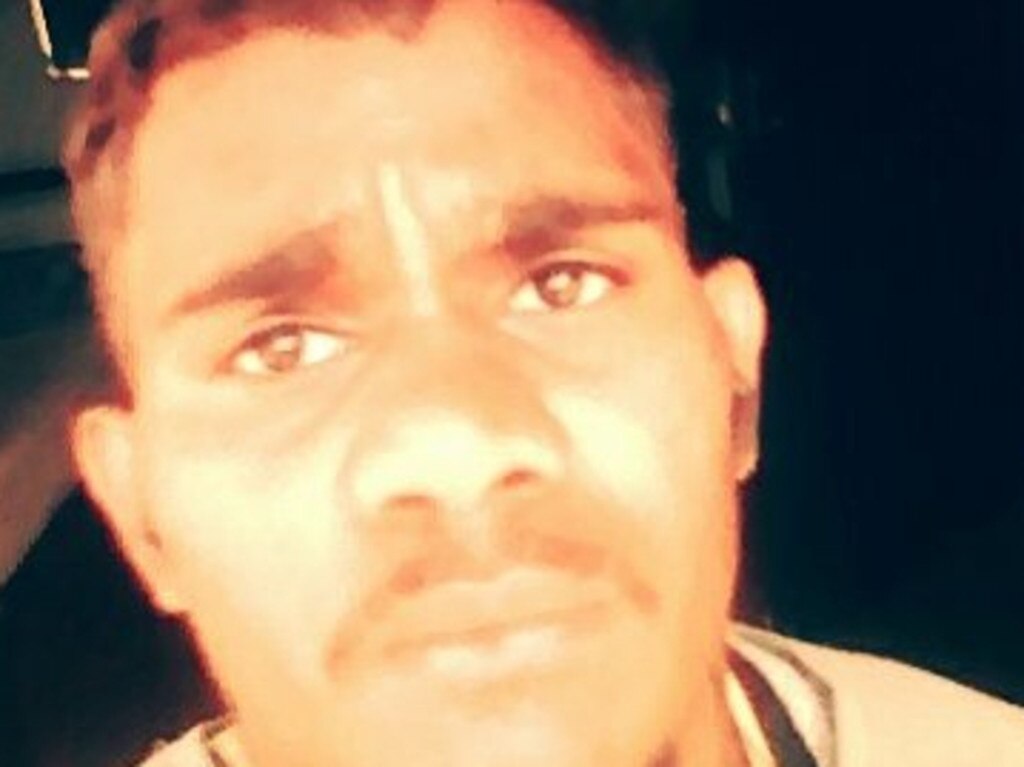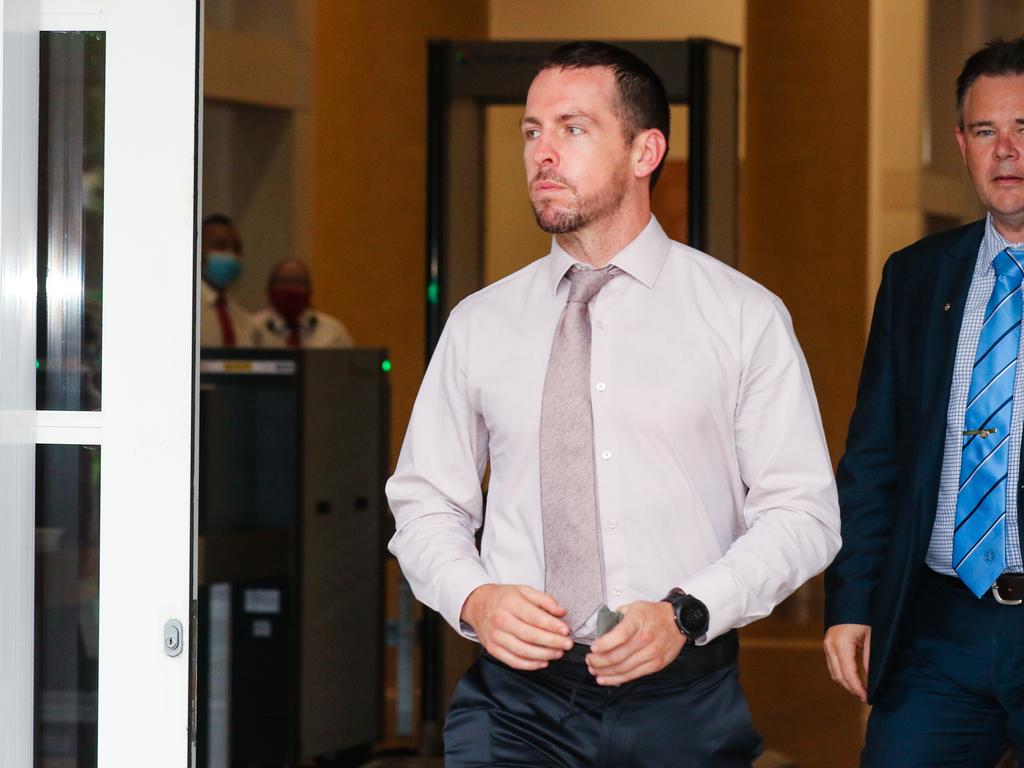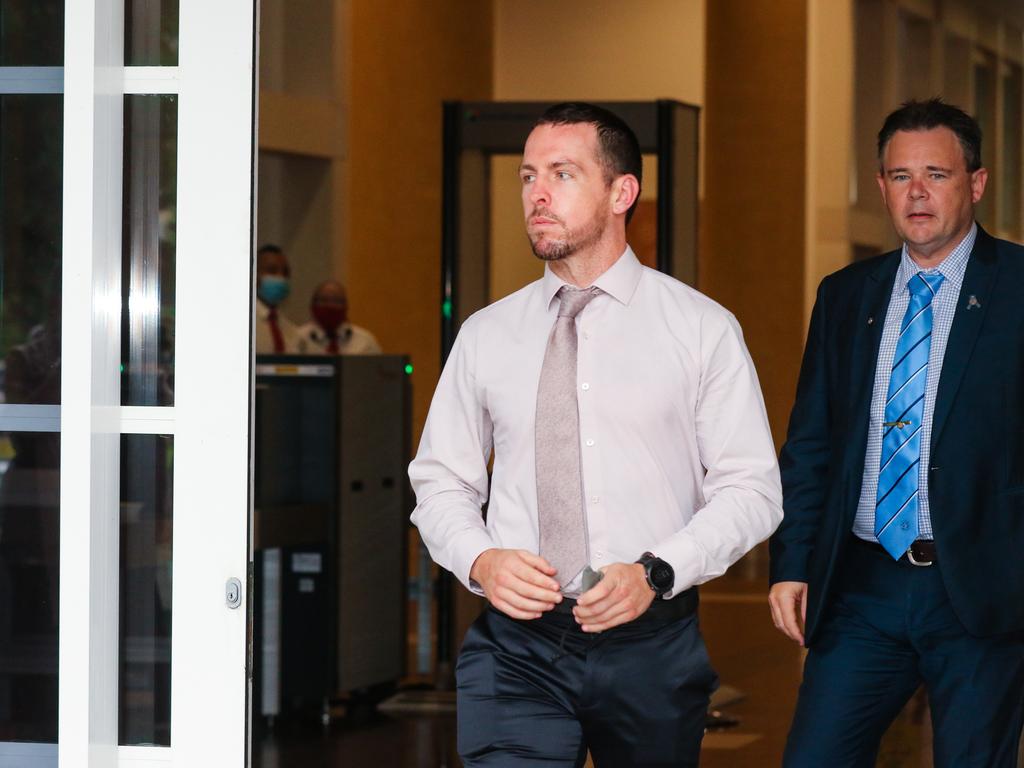Kumanjayi Walker violence ‘swept under rug’: Zachary Rolfe
Zachary Rolfe speaks publicly for the first time about events leading to the shooting of Aboriginal teen Kumanjayi Walker.
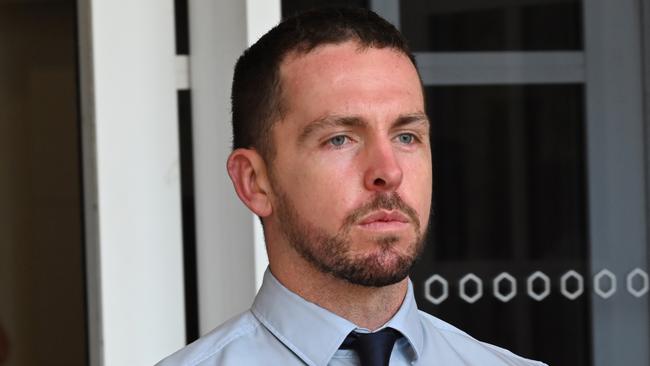
Zachary Rolfe has spoken publicly for the first time about events leading up to the fatal shooting of Aboriginal teenager Kumanjayi Walker in the outback Northern Territory community of Yuendumu.
Giving evidence in his murder trial, the 30-year-old police constable and Afghan War veteran said Walker was “extremely violent” and he accused fellow police of attempting to sweep evidence of Walker’s dangerous behaviour “under the rug”.
“I characterise him as a high-risk offender, extremely violent, who was willing to use potentially lethal weapons against police,” he said. “The older he was getting, (the more) he was moving towards violent crimes, including violence against women and violence against police.”
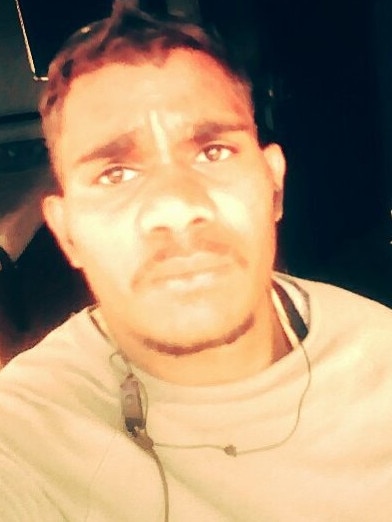
Constable Rolfe was discussing an incident three days before the 19-year-old died, in which he threatened two Yuendumu-based officers with an axe.
Videos of the encounter show Walker brandished the axe at senior constables Chris Hand and Lanyon Smith but did not strike.
The jury has been told either one could have used their firearm. It has also heard Walker was mentally “slow” and just wanted to escape.
Constable Rolfe told the NT Supreme Court he regarded the two policemen’s responses as “a perfect example of a human fear-based reaction … of ‘freeze and flight’.”
“From my reading of the initial job write-up, it seemed to me that this incident was being swept under the rug,” he said.
He watched the video at Alice Springs Police Station in November 2019 then alerted his superiors, arguing that Alice Springs-based officers should have been warned in case Walker returned to the town. He also telephoned the head of the Immediate Response Team (of which he was a part), suggesting the IRC “should already have been called out”.
When no “major alert” was issued through the police station, he tried to warn others about Walker by showing several officers the axe-incident video.
“(I wanted) to disseminate the information that there is an extremely violent individual that they may come in contact with … if they were to be sent to arrest someone for a breach of parole … they might not be expecting such violent resistance,” he said.
Constable Rolfe told the court the IRT was a “semi-tactical unit” set up to “cordon and contain” dangerous events but often deployed to arrest high-risk offenders. He and three other IRT members were ultimately deployed to Yuendumu.
The court has heard conflicting evidence about the orders they were given. “I spoke to Shane McCormack (acting head of the IRT) and asked him to confirm what … the mission was … I asked him twice, and he confirmed it was to arrest Kumanjayi Walker,” Constable Rolfe said.
“The only comment I can recall myself making (on the drive out there) is that we should’ve been sent out earlier. As in, days earlier, not hours earlier on that day.”
The hearing adjourned before Constable Rolfe was asked about what happened at Yuendumu.
Earlier on Wednesday, the court heard from Acting Superintendent Andrew Barram, who wrote four reports critical of Constable Rolfe’s actions.
Constable Rolfe shot Walker three times after the latter stabbed him with scissors.
Prosecutors say the first shot was justifiable but shots two and three were murderous.
The jury has heard Constable Rolfe fired the first shot while he, Walker and Remote Sergeant Adam Eberl were struggling, but shots two and three came after Sergeant Eberl had “pinned” Walker to the ground.
Defence barrister David Edwardson QC pressed Superintendent Barram on whether the distinction was artificial.
He said the first shot was fired in a “very dynamic situation”.
“After shot one, the video shows Mr Walker had some kind of reaction to the shot, sufficient for Mr Eberl to be able to take him down to the ground, and it was very much a static situation once they were on the ground,” he said.
“Almost immediately after he (Walker) hit the ground, Constable Eberl went into a mount position, and then into a side control position … Mr Rolfe had made some distance, and he had an opportunity to reassess.”
He said Walker was at that point sufficiently restrained and Constable Rolfe should have gone hands-on with Sergeant Eberl instead of firing his gun.
Mr Edwardson suggested that when police charged Constable Rolfe with murder four days after the shooting, there was “no real investigation at all”. Superintendent Barram said he did not know.
Mr Edwardson indicated he would interrogate the officer-in-charge of the investigation, Acting Commander Kirk Pennuto (who arrested Constable Rolfe), but he declined to ask questions when Commander Pennuto took the stand.
The trial continues.


